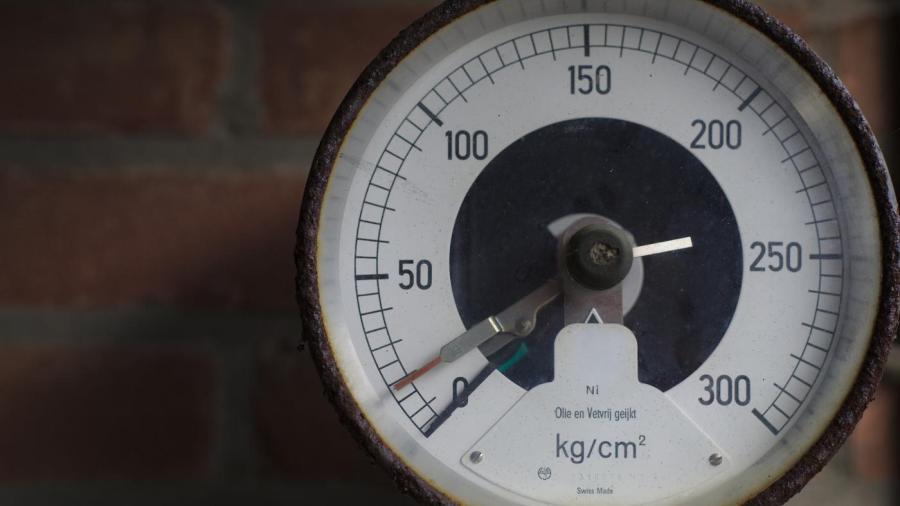How Do Pressure Gauges Work?
Follow Us:
Twitter

A pressure gauge allows a fluid to enter from the item or equipment being measured and reacts by moving a calibrated rod inside it. The pressure can be correctly read when the rod has moved to its maximum position.
To measure the pressure of a tire, place the gauge on the valve stem of the tire, pressing the pin to let pressurized air rush into the gauge. A piston inside the gauge travels a distance that matches the air pressure. The pressure gauge can only measure up to a specified maximum. When it’s disengaged from the valve stem, a spring inside the gauge pushes the piston back to its original position.





